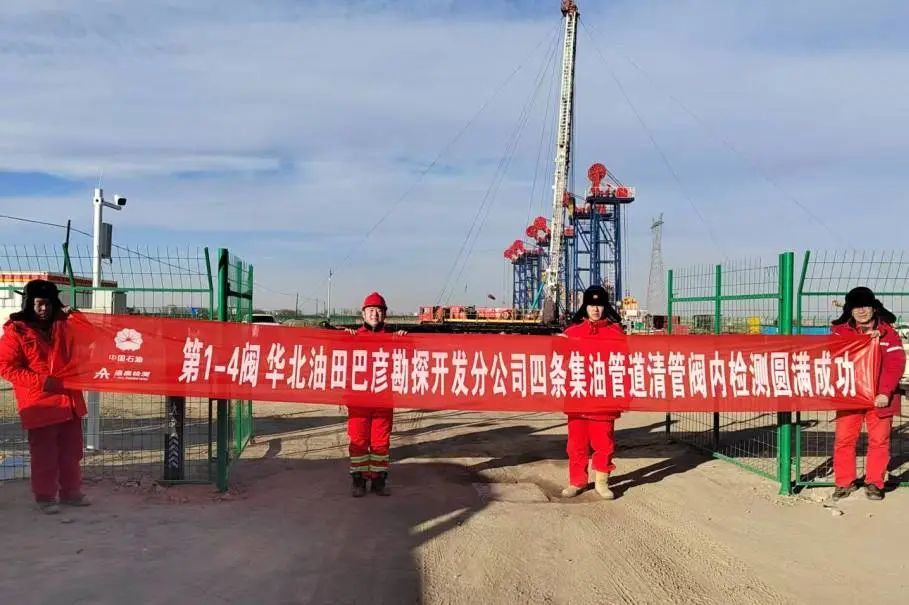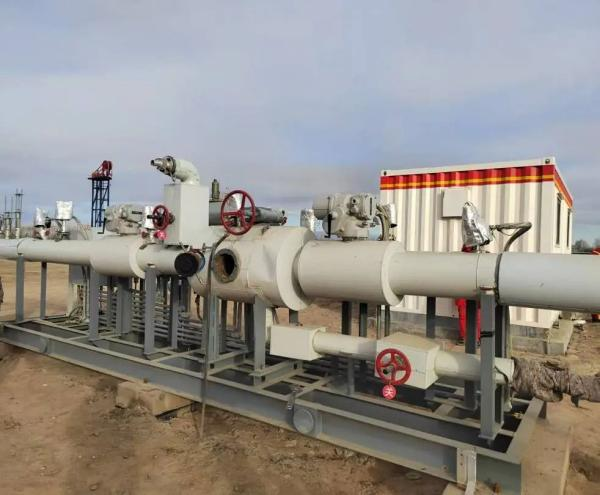
Get Free Risk Analysis
Follow T-ALL

Background
A pig valve is a special type of valve used for pipeline cleaning, inspection, and maintenance, primarily in the oil, gas, and chemical industries. It allows the operation of a pipeline pig without interrupting the flow of materials. Conventionally, pipeline internal inspections are conducted using pig launchers and receivers. However, due to the relatively long length of standard internal inspection tools and the limited space within pig valves, these tools cannot be accommodated for launching and receiving operations, leading to prolonged periods during which internal inspections cannot be performed on pipelines equipped with pig valves. The absence of regular internal inspections makes it difficult for operators to promptly identify defects such as pipeline corrosion, oil theft via drilling, and geometric deformations, posing significant challenges to the safe operation of pipelines.

Case Study
Through collaborative innovation, extensive research, and specialized design, our company, in partnership with PetroChina Huabei Oilfield Company Bayan Branch, has successfully developed an internal inspection device tailored for pig valve launching and receiving operations. This device is characterized by its short length, high integration, strong passability, and ease of operation. It can detect the size of oil theft drilling points, quantify and accurately locate metal loss, and has been successfully utilized in four internal inspection tasks on pipelines equipped with pig valves in the oilfield.
Information on the four pipelines: Diameter 168.3mm, wall thickness 6mm, operating pressure 0.6MPa, medium: oil-gas-water mixture with high water content, operating temperature 70℃, lengths: 4.99km, 7.33km, 4.82km, and 3.9km, respectively.
For each pipeline, T-ALL Inspection, considering the site conditions and operational status, overcame challenges such as limited space within the pig valve, small pipeline diameter, high medium temperature, low pressure, and low flow rate. Through rigorous design and testing simulations focusing on high integration, waterproofing, high-temperature resistance, low friction, low power consumption systems, and overall stability of the inspection tool, the internal inspection tasks on all four pipelines were successfully completed.


Conclusion
Through the successful application and practical experience gained from the internal inspections of these four pipelines, our team has accumulated valuable expertise in pig valve cleaning and internal inspection, updated our pipeline inspection category database, and laid the foundation for the subsequent research, development, and promotion of various specialized inspection tools based on pig valves, including geometric detectors, eddy current detectors, IMU detectors, stress detectors, and magnetic flux leakage detectors.
The internal inspection technology for pipelines equipped with pig valves represents T-ALL Inspection's fourth specialized brand, following full-foam, one-trip ultrasonic, and ultra-magnetic flux leakage technologies. T-ALL Inspection remains committed to continuous improvement, collaborating with clients and partners to innovate and empower each other, creating more technological sequences and solutions to contribute to the pipeline integrity management of our customers.